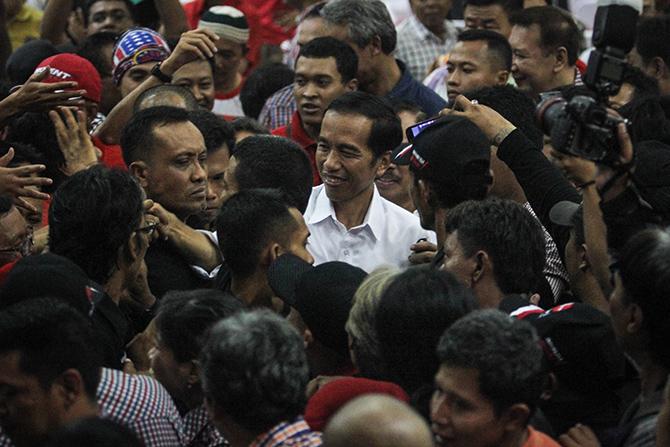
Case 4: Indonesia 1999 BUMN reform
At that time, Indonesia’s approximately 159 state-owned enterprises (BUMNs), while nominally owned by the Ministry of Finance, were pre-1998 typically controlled by the assigned sectoral ministry. Most had also become inefficient sources of campaign funds and patronage appointments that argued for continued protection. Collectively these policies deterred foreign direct investment and the employment of foreign specialists, because FDI was then seen – as we now know incorrectly – not as job creating but as competition for a fixed stock of jobs.
Case 5: Malaysia’s new economic model
While Indonesians suffered a lengthy economic tsunami, in Malaysia the governing Barisan Nasional (BN) coalition preserved its political legitimacy. Prime Minister Mahathir Mohamad was thus able to use his autocratic powers to implement a highly controversial policy of pegging the Malaysian ringgit. In addition, in January 1998 he also created a cross-party/public-private National Economic Action Council that he chaired, combined with accelerated banking reforms. Taken together, these decisive decisions preserved currency and political stability, and combined with a high level of government stimulus spending, led to relatively rapid recovery. Malaysia may, however, struggle with the shift from Wave 2 to Wave 3 as public sector investment crowds out the private sector and with the political legitimacy of the dominant United Malays National Organization (UMNO) party now threatened by the scandals surrounding current Prime Minister Najib Razak and rampant vote-buying in the recent Sarawak state election.
In 2009, UMNO was facing a more challenging political opposition and an economy where private sector investment had remained stagnant since the 1997 crisis. With its widespread system of economic subsidies, the population did not yet share Najib’s sense of looming crisis, so the government could not take the strong top-down Singapore route, and with a less vibrant private sector did not feel the “Vision Korea” model would be as effective in Malaysia. This, combined with the complexity of the ruling BN coalition, made the governance of the transformation very complex. Najib ultimately chose to create of a new National Economic Advisory Council comprised of nine highly respected and politically independent technocrats.







%20resized.png)
